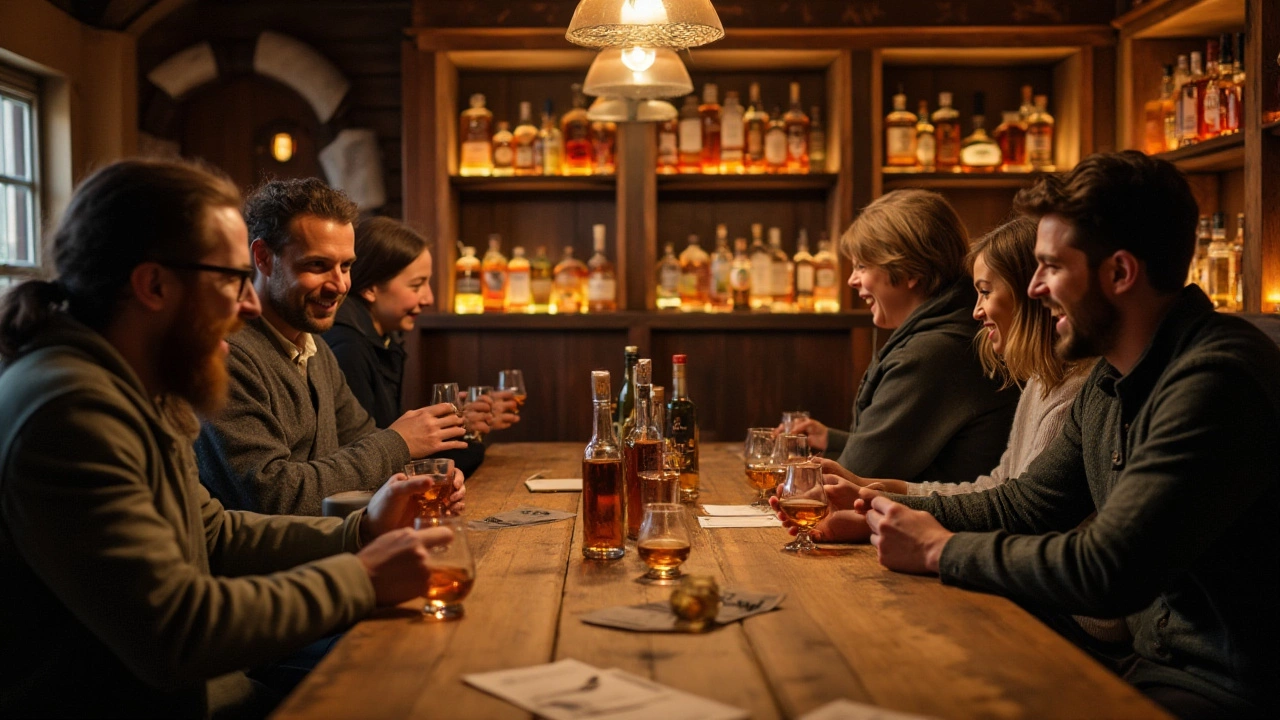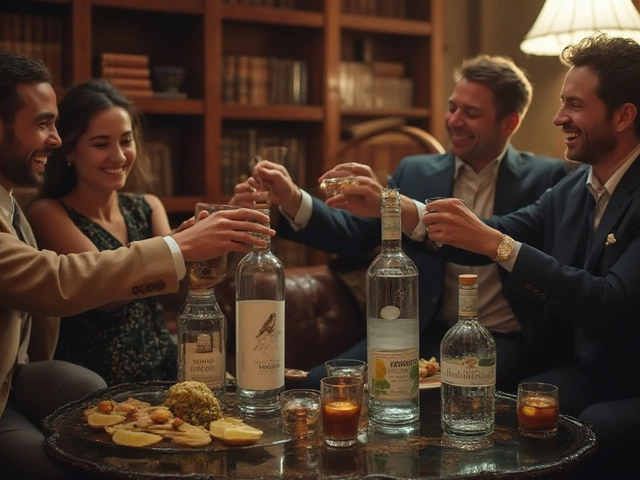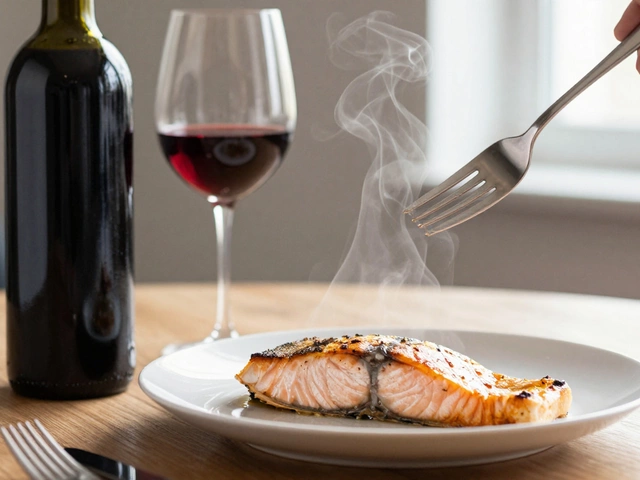Whisky Facts You Can Use Right Now
If you’ve ever wondered why whisky tastes the way it does or how to get the most out of a glass, you’re in the right spot. Below are the most useful whisky facts, broken down into bite‑size pieces you can actually use next time you pour a dram.
Where Whisky Comes From and Why It Matters
Whisky didn’t start in Scotland or Kentucky – it began centuries ago in the Middle East, where monks first distilled grain into a strong spirit. The word itself comes from the Gaelic “uisge beatha,” meaning “water of life.” That ancient start explains why whiskies from different regions have such distinct flavors: the water, the grain, and the climate each leave a fingerprint.
Scotch, Irish, American bourbon, and Canadian rye all follow the same basic process – mash, ferment, distill, age – but the details differ. Scotch must be aged at least three years in oak barrels, while bourbon has to be at least 51% corn and aged in new charred oak. Those rules create the classic smoky notes of a Islay malt, the smooth honey of an Irish pot still, or the sweet vanilla of a Kentucky bourbon.
Quick Tasting Hacks to Boost Your Palate
Before you sip, give your nose a chance to work. Swirl the glass gently, then take a short sniff. You’ll pick up the first wave of aromas – fruit, spice, peat – before the alcohol hits hard.
One of the most underrated tricks is what you eat beforehand. Light, neutral foods like plain crackers, cheese toasties, or a handful of almonds keep your palate clean without overwhelming the whisky’s subtle notes. Heavy, spicy dishes can mask the flavors and make the spirit taste flat.
If you want to test a whisky’s depth, try the “air‑change” method: take a sip, swallow, then inhale fresh air before the next sip. The contrast highlights the finish and helps you spot hidden layers like dried fruit, leather, or cinnamon.
Another fact many people miss – the glass matters. A tulip‑shaped glass concentrates aromas and guides them to your nose, giving you a richer sense of the whisky’s character. If you only have a tumblers, try cupping the glass with your hand to trap the scent.
Finally, remember that whisky ages in the barrel, not the bottle. Once it’s bottled, the flavor is set. Storing the bottle upright and away from direct light preserves what’s already there, but it won’t get any better with time.
So next time you reach for a dram, keep these facts in mind: respect the origin, prepare your palate, and use the right glass. You’ll taste more, enjoy more, and impress anyone who asks why you’re such a whisky geek.
Whisky tasting is an experience that often intrigues enthusiasts and novices alike. The duration of such a tasting can vary widely based on several factors, including the type of event, the number of whiskies being sampled, and the depth of information provided. This article explores what participants can generally expect in terms of timing, along with some tips and interesting facts about whisky that can enhance the tasting experience. Whether you prefer a quick tasting or a more detailed session, understanding these elements can make your visit more enjoyable.
View Details

